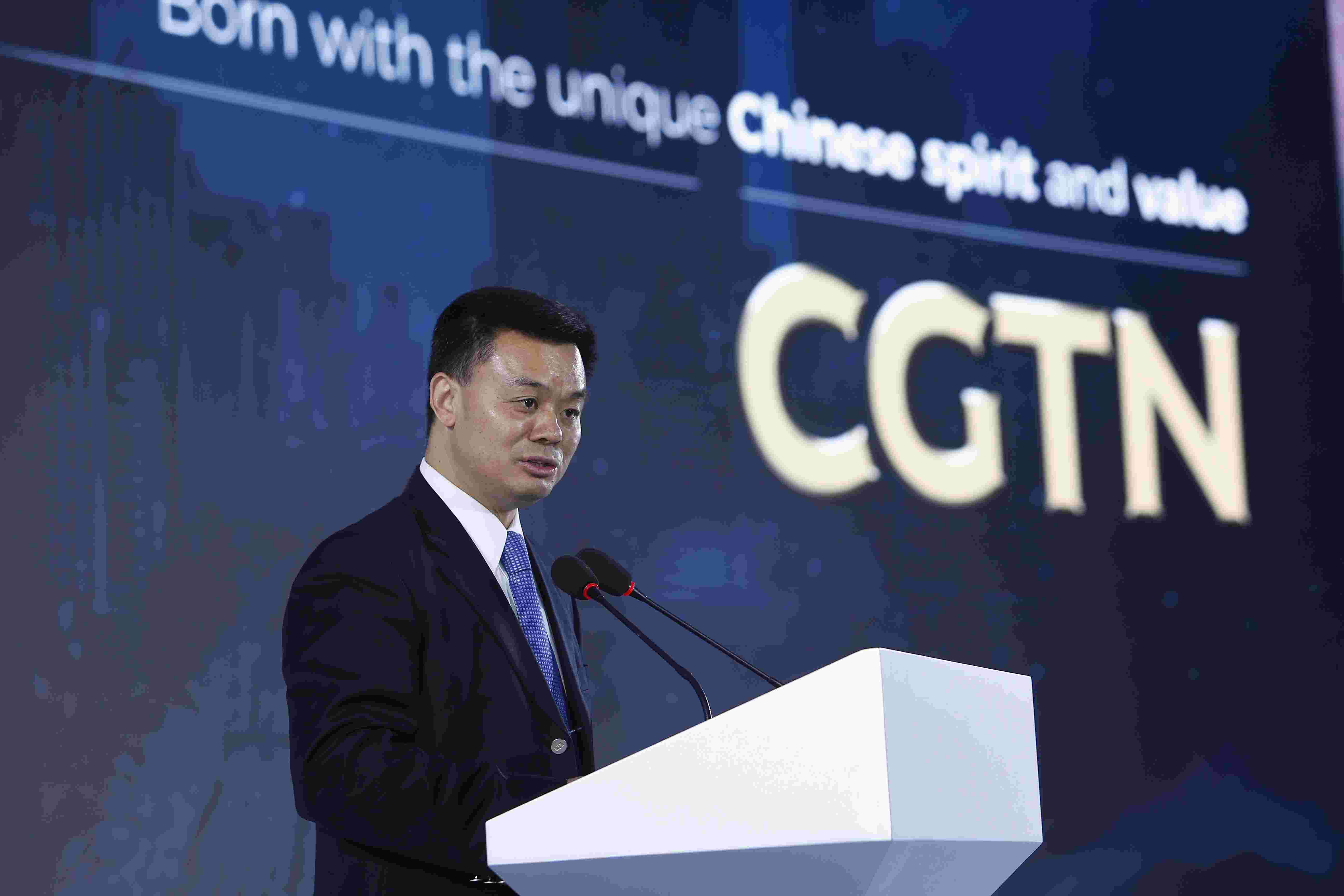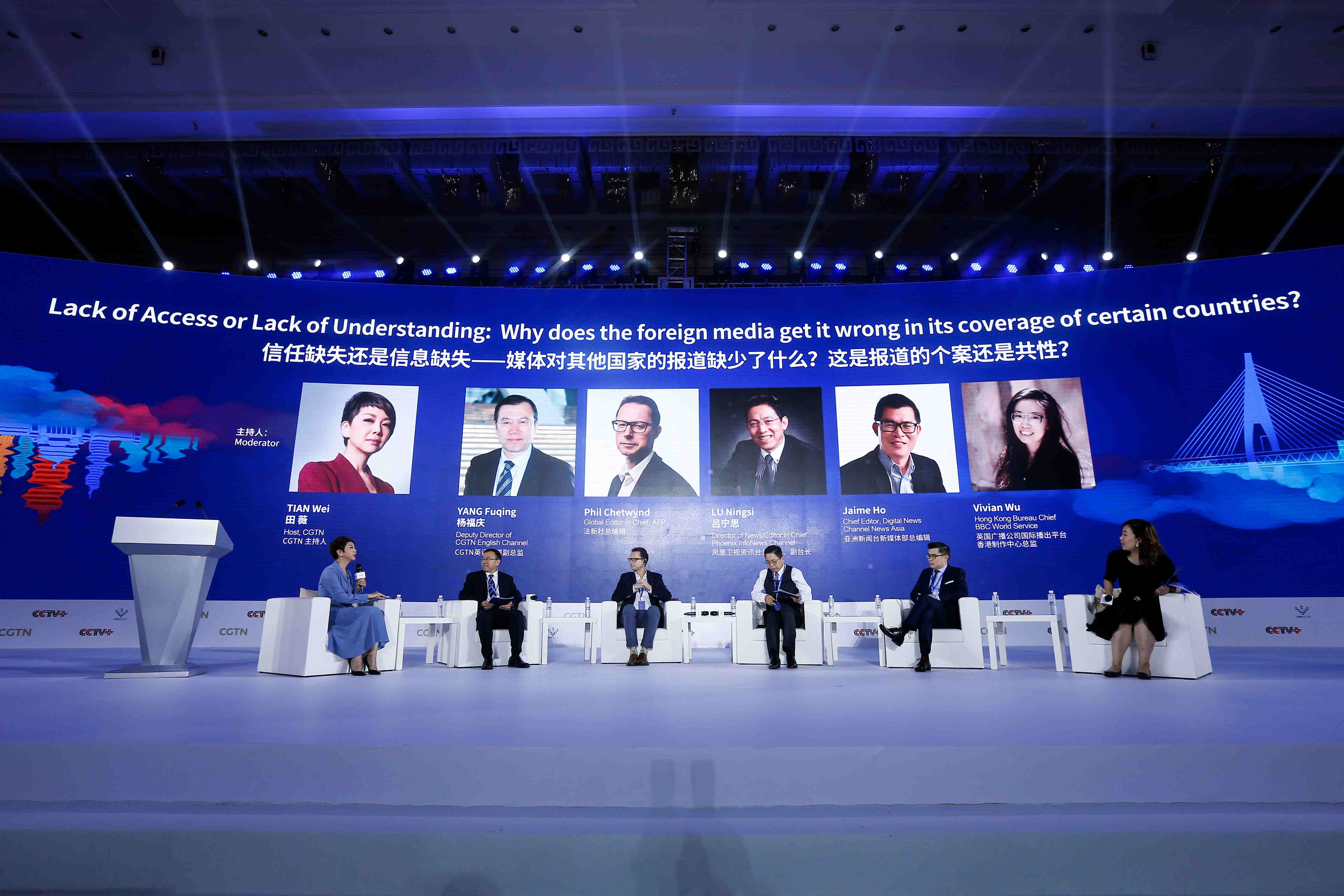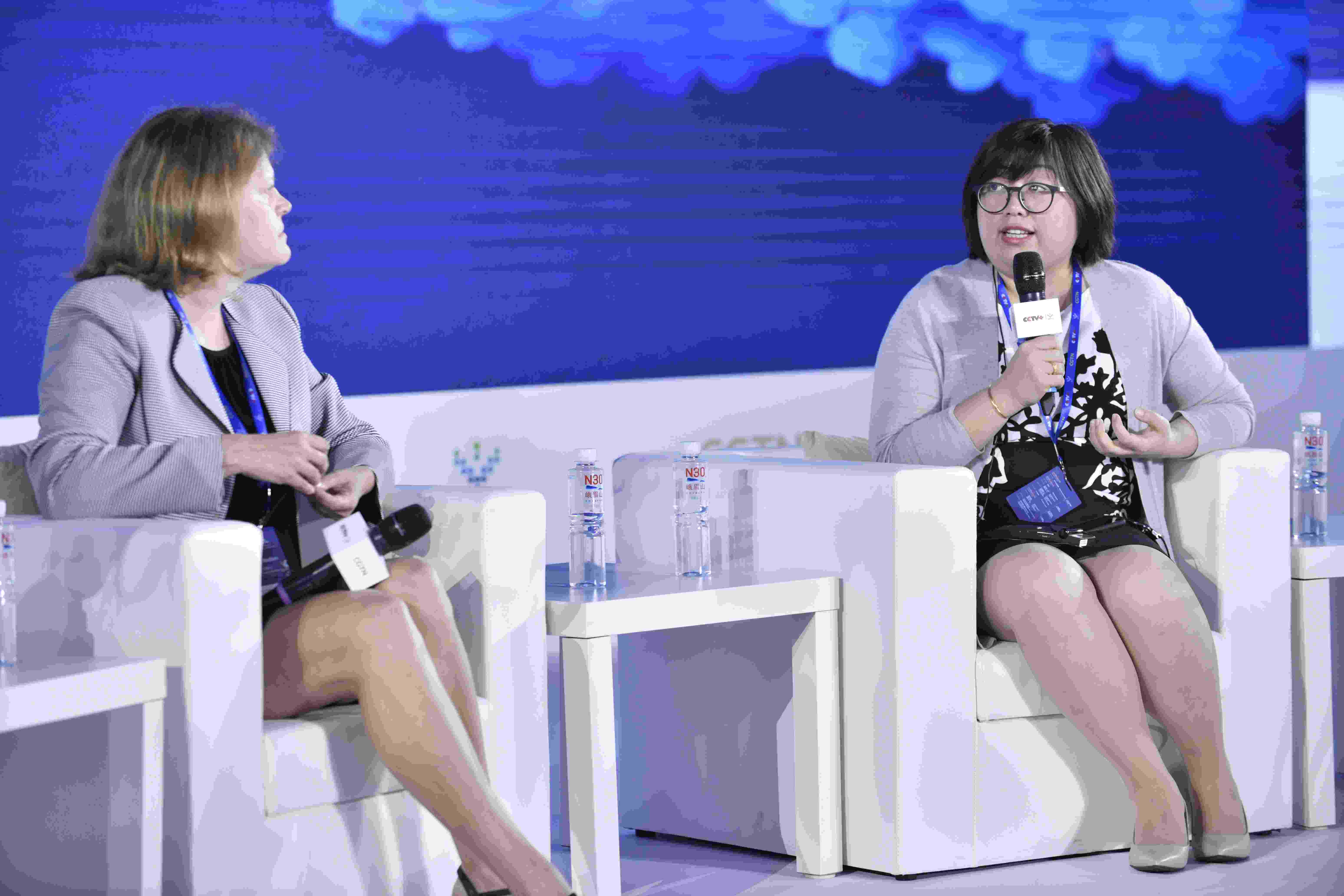
Opinions
15:51, 16-Oct-2018
Opinion: 'Openness, Connectivity, Association' - New ecology for media industry
Updated
15:09, 19-Oct-2018
Jiang Heping

Editor's note: Jiang Heping is Deputy Director of News Program Center of China Central Television (CCTV) and Controller of China Global Television Network (CGTN). The article is an excerpt from his speech on CGTN Global Media Summit on October 16 in Chongqing, China.
2018 marks 60 years of China's television industry as well as the founding of China Media Group. During my 31 years working in television, I have witnessed how it has emerged as an established medium and how it is adapting to the transformations brought about by new technologies and new methods of content generation and distribution.
In this era of media convergence, I deeply feel the extent and depth of these ongoing changes. For traditional media, the road to restructuring and reinventing is fraught with challenges.
However, waiting and hesitation will only cost us valuable time and opportunities. Only by accelerating and embracing the transformations and upgrades, can we generate new momentum and seize the advantages in the midst of changes.

Jiang Heping, CGTN Controller delivered a speech at the CGTN Global Media Summit and the 8th Global Video Media Forum opened in southwest China's Chongqing on October 16, 2018. /CGTN Photo.
Jiang Heping, CGTN Controller delivered a speech at the CGTN Global Media Summit and the 8th Global Video Media Forum opened in southwest China's Chongqing on October 16, 2018. /CGTN Photo.
The integration of the country's three leading broadcasters into China Media Group represents our foremost endeavor in this respect. It aims to unite television and radio broadcasting with new media and combining domestic and international communications. Our strategy stresses both Internet and broadcasting while giving precedence to new and emerging media, which manifests our resolve and determination to re-invent ourselves and optimize our resources.
Direction and purpose determine how far we can go. To become a major international player in this industry, I believe we need to adopt a new mindset distinguished by global thinking, localized thinking, digital thinking, and business thinking.
Global thinking is how we position ourselves in the world's media industry. Besides presenting China's stories, we also have to tell the stories from the rest of the world, with the aim of facilitating the sharing and bonding among different cultures and civilizations.
Localized thinking is indispensable for our effectiveness. By adapting and utilizing all kinds of local resources, we seek to provide targeted media products and services through indigenous operations.
Digital thinking allows us to construct our own distinctive model of media convergence through information technology. It helps us better embrace and retain the latest, most effective and most influential means of communications.
Business thinking guides us in cultivating our brand value. By adopting the practices of business governance, we can ensure more effective delivery of our products and services through effective channels.
Rather than a conventional broadcaster of TV and radio, China Media Group strives to become a modern multimedia organization. The convergence of media means the synergy between different mediums, different modes of distribution, and varied organizational structures.

The 2nd China Global Television Network (CGTN) Global Media Summit and the 8th Global Video Media Forum opened in southwest China's Chongqing on October 16, 2018. /CGTN Photo.
The 2nd China Global Television Network (CGTN) Global Media Summit and the 8th Global Video Media Forum opened in southwest China's Chongqing on October 16, 2018. /CGTN Photo.
It is a new mode of operation geared to the proliferation of information and content distribution. Our goal is a genuine, authentic integration, as opposed to some superficial cluster. This requires us to break the mold and achieve six fundamental redefinitions.
First is the redefinition of television. We have chosen to identify ourselves not as TV broadcaster or any medium, but as a provider of video content. CCTV Vice President Sun Yusheng believes that video will be the essential and ultimate mode of communication in both the present and the future. Our optimism is well-founded that we still hold the advantages in a world dominated by the medium of video.
Second is the redefinition of content. The belief has become outdated that content is something gathered in the field, produced in the studio, or acquired from production companies or licensed from third parties.
The emergence of information technology, mobile terminals, and social networks has reshaped the industry landscape where the one-way, linear and fixed content is giving way to differentiated, mobile multimedia products and services.
Thirdly, we have to redefine the role of technology. From the original World Wide Web to the Participatory Web 2.0, to the emerging Web 3.0 that stresses information decentralization, advances in technology have always been the main driving force behind the changes in the media industry.
However, the new mediums generated thereof is no substitute for quality content. It is our duty to deploy the latest technological innovations in presenting and distributing our content. There is no disconnecting between traditional and emerging media. As long as we can implement and adapt to the newest technologies, we can become a new generation of media.

The 2nd China Global Television Network (CGTN) Global Media Summit and the 8th Global Video Media Forum opened in southwest China's Chongqing on October 16, 2018. /CGTN Photo.
The 2nd China Global Television Network (CGTN) Global Media Summit and the 8th Global Video Media Forum opened in southwest China's Chongqing on October 16, 2018. /CGTN Photo.
Fourthly, the term “audience” also calls for a redefinition. The evolution of media ecology is changing both the connotation and denotation of the audience. The marketing term “users” is increasingly being co-opted in today's communication studies. As producers of content, we have to actively seek, interact and develop our target users and encourage them to participate in the products and services we're offering.
Next is the redefinition of the “Central Kitchen.” Practices across the world have discredited the excessive integration of platforms and distribution channels represented by the “Super Desk” mechanism.
There is no “one size fits all” in content generation. At CGTN, we operate on the principles of “multi-platform content gathering, seamless sharing, and multi-channel and multi-terminal distribution.”
Our media convergence center pools our best resources, which are strategically allocated and utilized with a high degree of specialization. Such a division of labor has proved effective in both content generation and distribution.
Last but not least, we are trying to redefine the scope of opinion. We refuse a rigid separation of mass communication and interpersonal exchanges. From the audience scenario to the user scenario, from grassroots to mainstream, as long as there is a community of human interactions and opinions, there is a part for us to play. Both online and offline, we should actively seek to expand our presence and maximize the effectiveness of our communication.
(If you want to contribute and have specific expertise, please contact us at opinions@cgtn.com.)

SITEMAP
Copyright © 2018 CGTN. Beijing ICP prepared NO.16065310-3
Copyright © 2018 CGTN. Beijing ICP prepared NO.16065310-3